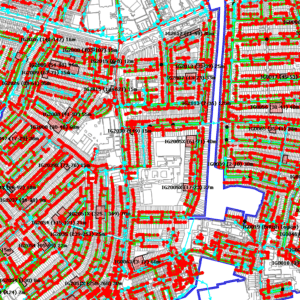“We need to understand how big data converts to information, and how a resulting action converts into outcomes.” Says Leo Carswell in Utility week 11/1/14. Too true. But smart players in the market are already grasping the big data issue, with help from UKDN Waterflow.
The emergence of ‘big data’ presents significant challenges and opportunities to the water industry. Water companies need effective systems that make the right information available to the right people at the right time. Using IT, technology and communications can lead to rapid improvements to a water company’s efficiency and cost base by strategic use of data.
The trick is to have the right combination of tech and project and programme capability to achieve efficiency gains, customer benefits, safer working, cost reductions, and ultimately more sustainable customer outcomes.
And where multiple suppliers of flow monitoring, CCTV surveying and other technology have failed to connect up all the data, UKDN Waterflow has taken the lead in the big data arena, proving that real time data can be collected, interrogated and used to drive Opex, Capex and Totex .
Gary Webb from UKDN Waterflow commented: “In his article Leo Carswell rightly argues that data has gone from scarce to super-abundant with 300 million pieces of data daily. But at UKDN Waterflow we’ve proven that data can be effectively collected, analysed and turned into workable planned maintenance and minor and major works programmes. Our ground-breaking Thames Water SDAC project (Sewer Drainage Area Catchment) demonstrated that combining new technology and software could greatly enhance the broad spectrum of big data, and improve systems, processes and reporting in real time. “
The project, which covered 1,000,000 metres of known and unknown pipes across 23 London Boroughs, identified and captured uncharted ex-section 24 and newly adopted section 105a sewers, and provided CCTV manhole-to-manhole footage in all SDAC areas.
The big data improved the serviceability of Thames water’s network in targeted catchments and blockage hotspots, leading to a reduction of sewer blockages, internal and external property flooding, imminent sewer collapses and identification of potential new ones, and pollution incidents.
Historically asset information has been slow to QA and analyse. UKDN Waterflow’s innovative approach gets big data to a GIS network daily, to be available for viewing immediately.
Ultimately Leo Carswell argues in his article that the industry has not successfully and robustly demonstrated the value of data. With big data scheduled to increase to 500 million pieces of data a day UKDN Waterflow would argue that this has been successfully and robustly demonstrated.

